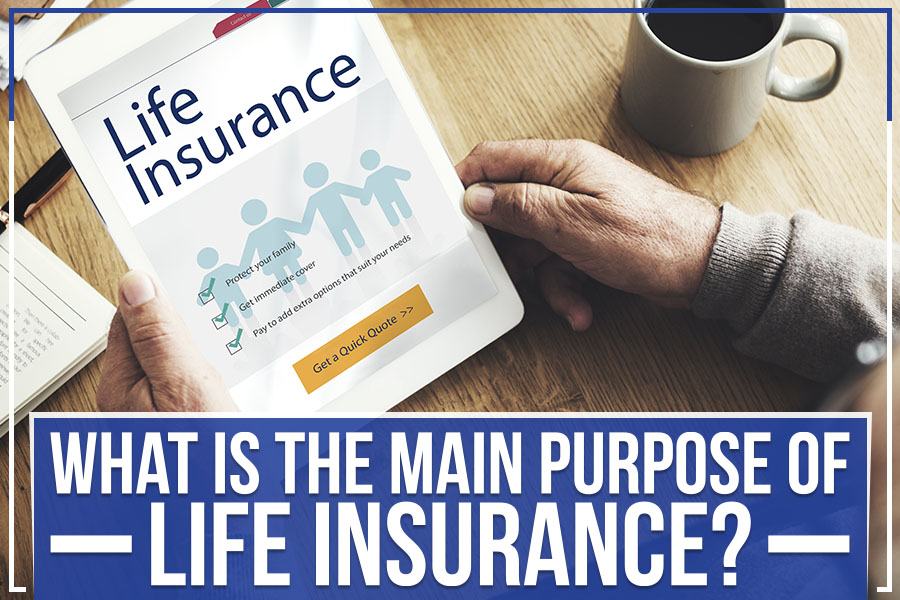10 Simple Techniques For Pacific Prime
10 Simple Techniques For Pacific Prime
Blog Article
Some Ideas on Pacific Prime You Should Know
Table of ContentsThe smart Trick of Pacific Prime That Nobody is Discussing9 Simple Techniques For Pacific PrimeHow Pacific Prime can Save You Time, Stress, and Money.Not known Details About Pacific Prime Some Known Facts About Pacific Prime.

This is due to the fact that the information were collected for a period of strong financial efficiency. Of the estimated 42 million individuals that were without insurance, all however about 420,000 (concerning 1 percent) were under 65 years of age, the age at which most Americans become qualified for Medicare; 32 million were adults in between ages 18 and 65, about 19 percent of all grownups in this age group; and 10 million were kids under 18 years old, regarding 13.9 percent of all youngsters (Mills, 2000).
These estimates of the number of persons without insurance are generated from the annual March Supplement to the Present Populace Survey (CPS), carried out by the Census Bureau. Unless or else noted, national quotes of people without medical insurance and percentages of the population with different type of protection are based on the CPS, one of the most extensively used source of price quotes of insurance coverage and uninsurance rates.
Indicators on Pacific Prime You Need To Know

Still, the CPS is especially helpful due to the fact that it generates annual estimates reasonably promptly, reporting the previous year's insurance policy protection approximates each September, and since it is the basis for a regular collection of quotes for even more than two decades, enabling for analysis of trends in coverage gradually. For these factors, as well as the substantial use of the CPS in other studies of insurance protection that are offered in this report, we count on CPS quotes, with restrictions noted.

The quote of the variety of without insurance individuals increases learn this here now when a population's insurance standing is tracked for a number of years. Over a three-year duration beginning early in 1993, 72 million individuals, 29 percent of the U.S. https://ameblo.jp/pacificpr1me/entry-12846866195.html. population, lacked insurance coverage for at the very least one month. Within a solitary year (1994 ), 53 million individuals experienced a minimum of a month without insurance coverage (Bennefield, 1998a)
Six out of every 10 without insurance grownups are themselves used. Although functioning does enhance the likelihood that and one's household members will certainly have insurance policy, it is not a warranty. Even members of family members with two permanent breadwinner have almost a one-in-ten chance of being uninsured (9.1 percent uninsured price) (Hoffman and Pohl, 2000).
The 8-Minute Rule for Pacific Prime
New immigrants account for a substantial percentage of people without medical insurance. One evaluation has actually associated a substantial portion of the recent growth in the dimension of the U.S. without insurance population to immigrants that showed up in the nation between 1994 and 1998 (Camarota and Edwards, 2000). Current immigrants (those that concerned the United States within the past four years) do have a high price of being uninsured (46 percent), however they and their youngsters represent just 6 percent of those without insurance policy nationally (Holahan et al., 2001).
The partnership between medical insurance and access to care is well established, as recorded later on in this phase. The relationship in between health and wellness insurance and health and wellness end results is neither direct nor basic, a considerable professional and health and wellness services research study literary works links health and wellness insurance protection to improved access to care, much better high quality, and boosted individual and populace health condition.
Degrees of analysis for checking out the results of uninsurance. It concentrates especially on those without any type of health insurance policy for any size of time.
Pacific Prime Fundamentals Explained
The troubles encountered by the underinsured are in some respects similar to those dealt with by the without insurance, although they are usually much less severe. Health and wellness insurance coverage, nevertheless, is neither needed neither enough to get accessibility to clinical services. The independent and direct effect of health insurance policy coverage on accessibility to health solutions is well established.
Others will certainly get the healthcare they need also without health insurance coverage, by paying for it out of pocket or seeking it from suppliers that use care complimentary or at extremely subsidized prices. For still others, medical insurance alone does not make certain receipt of treatment because of various other nonfinancial barriers, such as an absence of wellness treatment providers in their community, restricted accessibility to transportation, illiteracy, or etymological and social differences.
Getting The Pacific Prime To Work
Official research study about without insurance populations in the United States dates to the late 1920s and very early 1930s when the Board on the Cost of Healthcare created a series of records concerning financing medical professional workplace sees and hospitalizations. This problem came to be significant as the varieties of medically indigent climbed during the Great Clinical depression.
Report this page